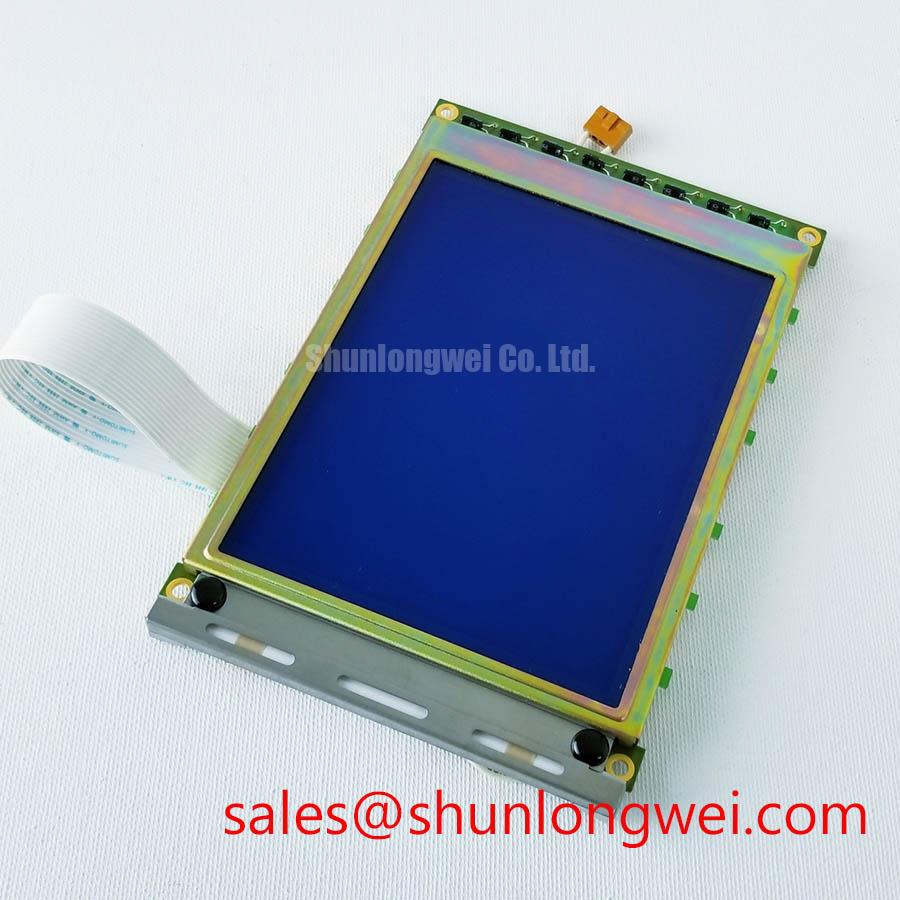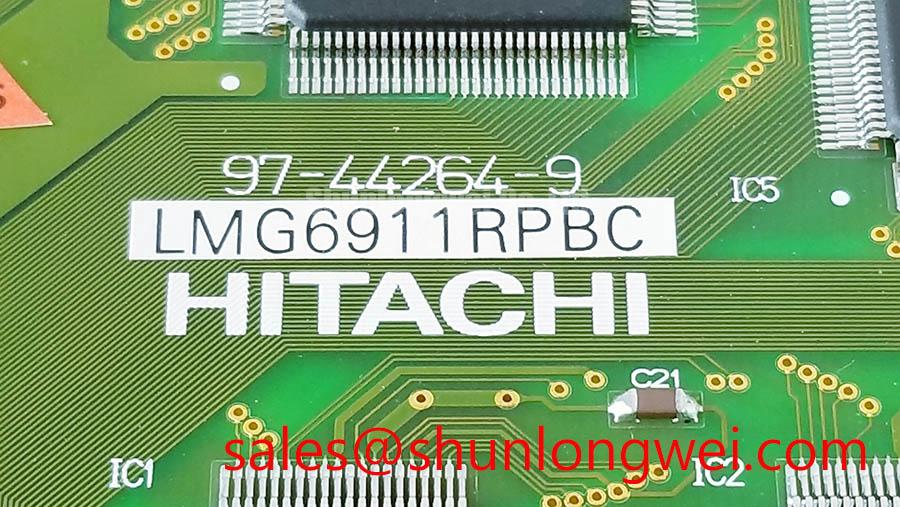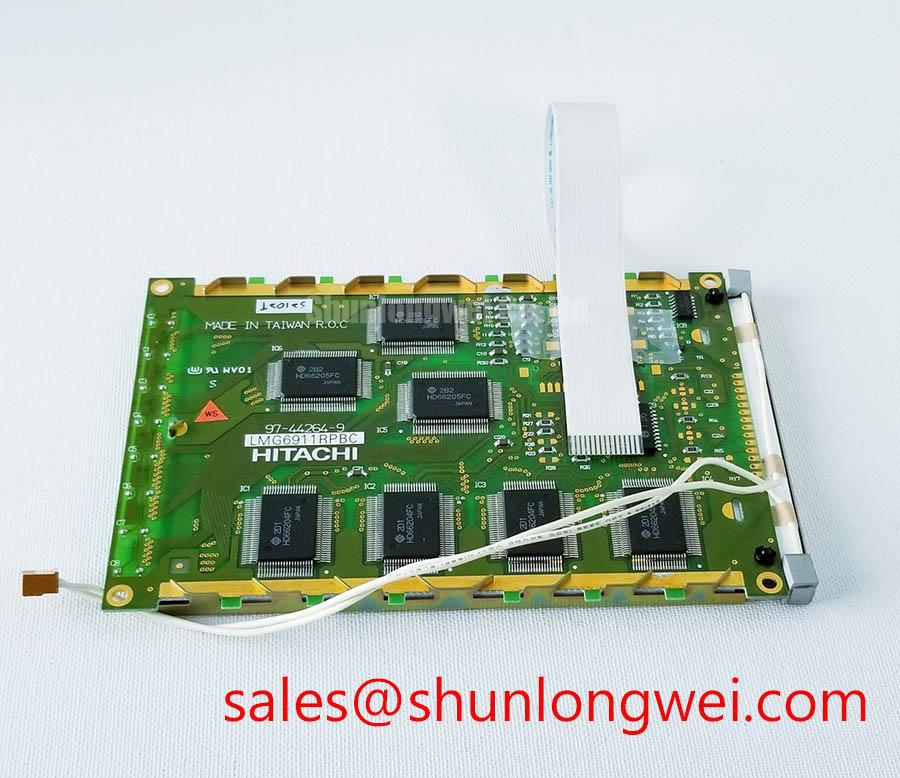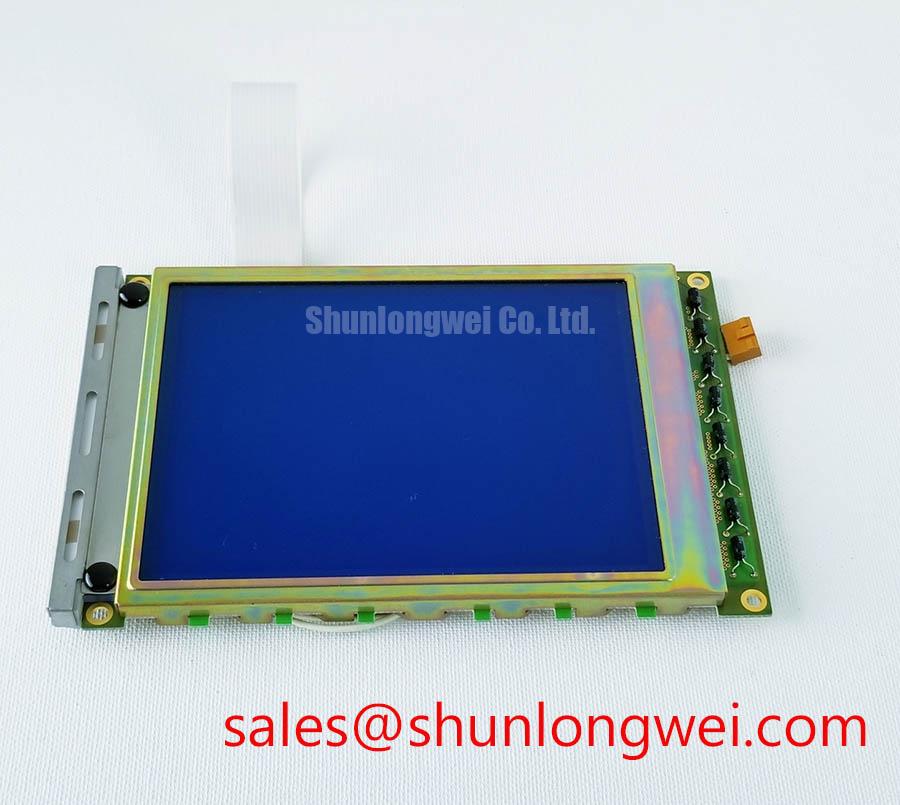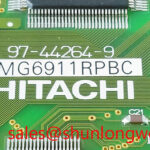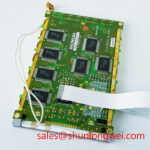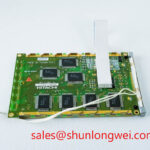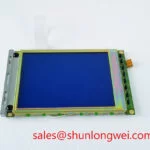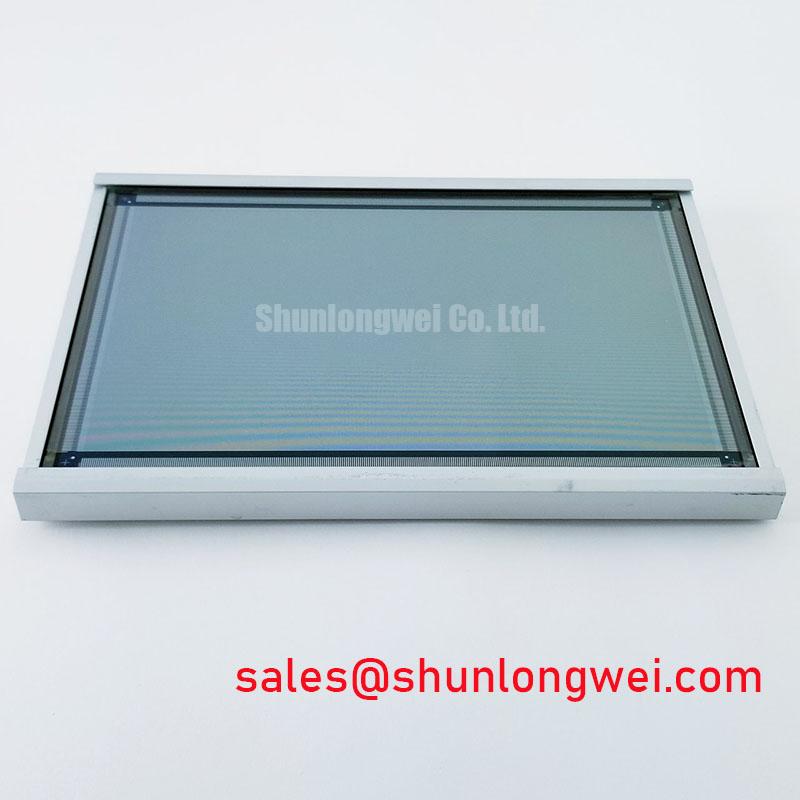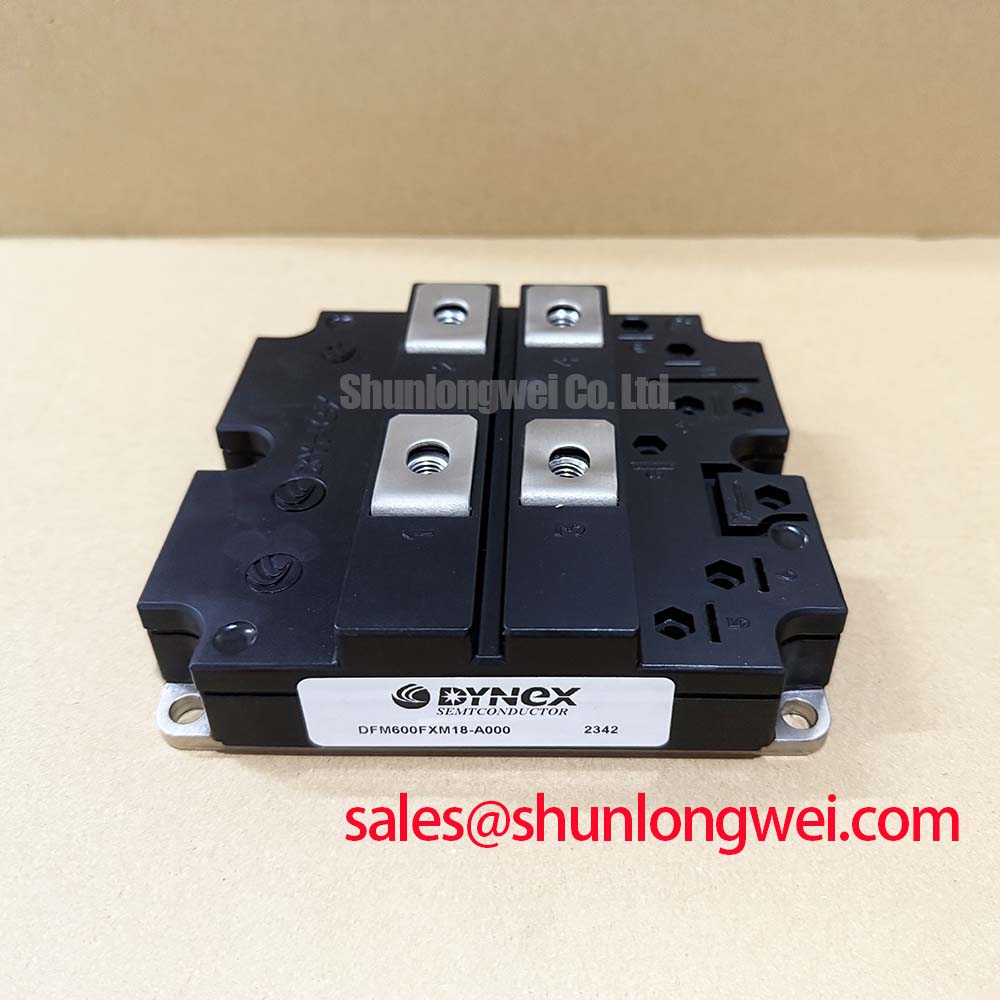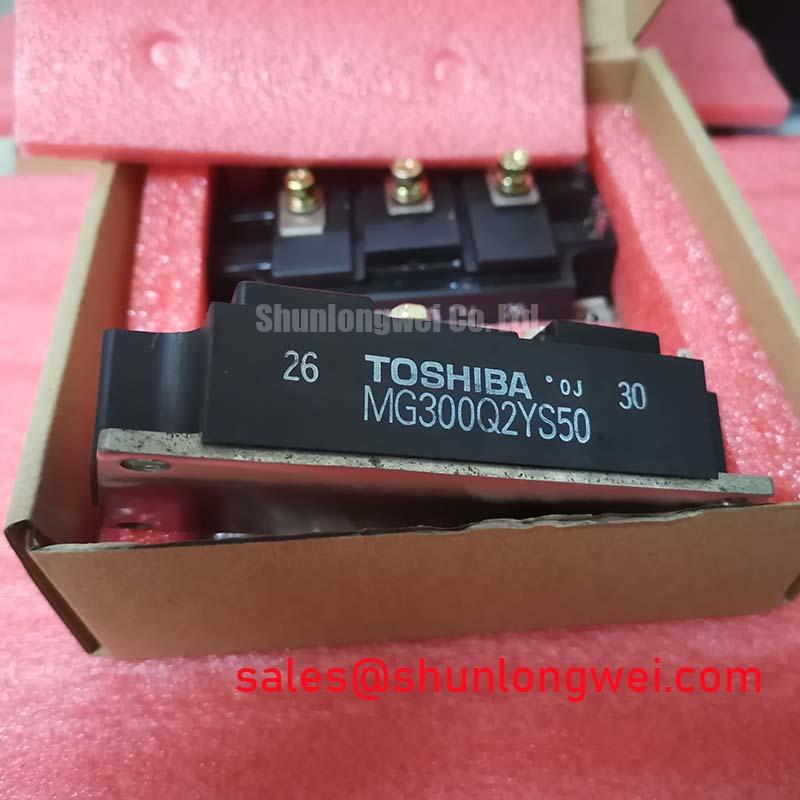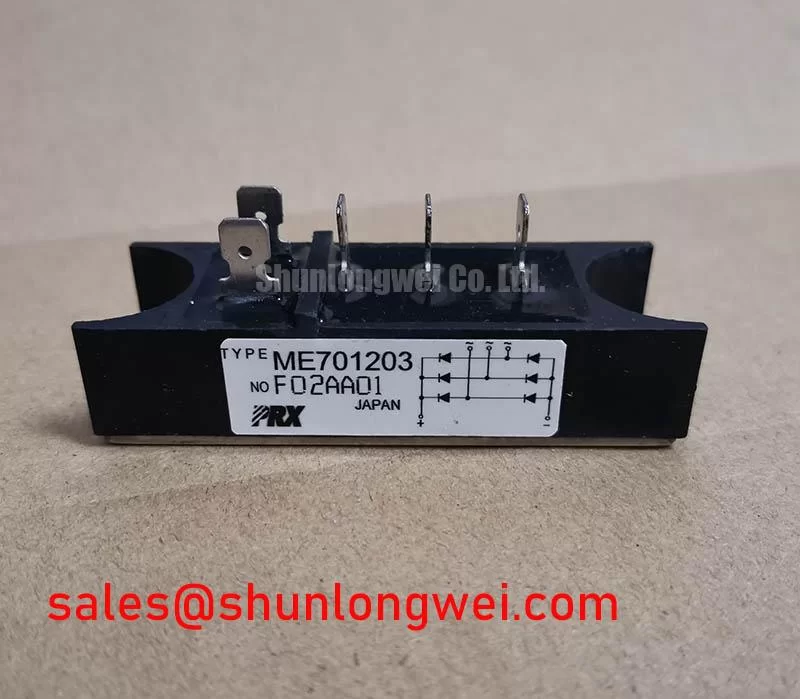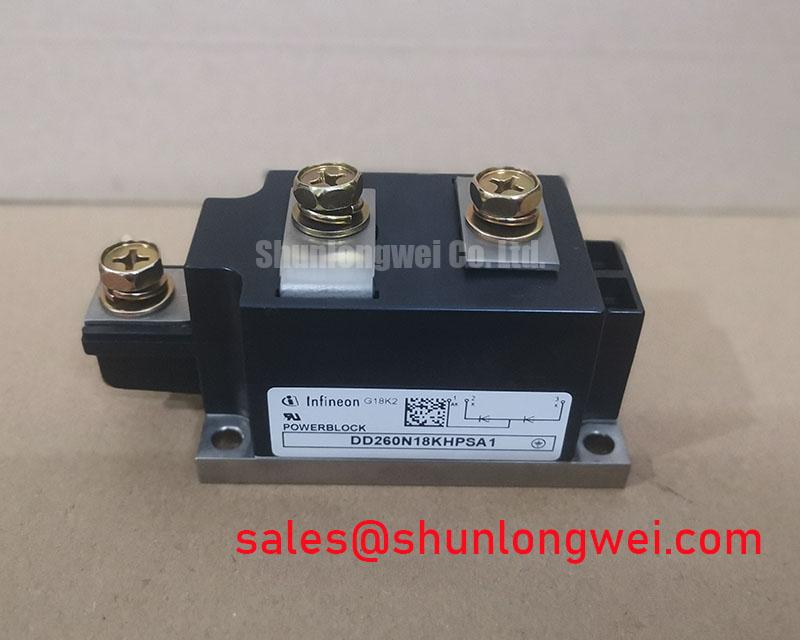LMG6911RPBC-D: 240x128 Graphic LCD with Integrated T6963C Controller for Industrial HMI Design
Engineering-Grade Product Analysis
Content last revised on October 7, 2025.
This analysis presents an engineering-focused overview of the LMG6911RPBC-D, a monochrome graphic LCD module. It is engineered for streamlined integration into industrial and medical equipment, combining a clear 240x128 STN display with the widely-supported T6963C onboard graphics controller. Key specifications include: 240 x 128 Dot Resolution | Integrated Toshiba T6963C Controller | Transflective F-STN Technology. This integration provides two primary benefits: significantly reduced host processor overhead and versatile readability across variable lighting conditions. It directly addresses the engineering challenge of implementing a graphical interface without overburdening the system's main microcontroller. Best fit for legacy system upgrades or new designs requiring a robust, controller-driven monochrome graphical interface.
Application Scenarios & Value
System-Level Benefits in Industrial Control & Instrumentation
The LMG6911RPBC-D is purpose-built for applications where clarity, reliability, and ease of integration are paramount. Its architecture provides significant value in environments like industrial control panels, test and measurement equipment, and medical monitoring systems. What is the primary benefit of its integrated controller? It simplifies software development and hardware interfacing, reducing time-to-market.
A high-fidelity engineering scenario is the upgrade of a legacy machine controller that uses a character-based display. The primary challenge is migrating to a graphical user interface (GUI) without requiring a costly and time-consuming redesign of the main processor board. The LMG6911RPBC-D provides an elegant solution. Its onboard T6963C controller manages the display RAM and command execution, interfacing with the host system via a standard 8-bit parallel bus. This offloads the intensive task of pixel-level screen management from the host microcontroller, allowing engineers to implement a rich graphical interface with minimal changes to the core system firmware. The transflective F-STN display ensures the HMI remains readable whether it's on a dimly lit factory floor or under bright overhead lighting.
Key Parameter Overview
Decoding the Specs for System Integration
The technical specifications of the LMG6911RPBC-D are tailored for straightforward implementation in embedded systems. The following table highlights the critical parameters that directly influence hardware and software design decisions.
| Parameter | Specification | Engineering Implication |
| Display Resolution | 240 x 128 dots | Provides sufficient screen real estate for displaying waveforms, soft keys, and system diagrams. |
| Onboard Controller | Toshiba T6963C | A well-documented and industry-standard controller that simplifies the interface to 8-bit MCUs and reduces software overhead. |
| Display Mode | F-STN / Transflective / Positive | Ensures high contrast and readability in both dark environments (using backlight) and bright ambient light. |
| Active Area | 115.18(W) x 61.42(H) mm | Defines the usable screen area for UI/UX layout planning. |
| Backlight | CCFL (Cold Cathode Fluorescent Lamp) | Delivers bright, even illumination with a long operational lifespan suitable for industrial applications. |
| Interface | 8-bit Parallel Data Bus | Standard interface compatible with a wide range of microcontrollers (8080/Z80 family). |
Download the LMG6911RPBC-D datasheet for detailed specifications and performance curves.
FAQ
How does the integrated T6963C controller in the LMG6911RPBC-D simplify the design of an HMI system?
The T6963C controller acts as an intelligent intermediary between the host processor and the LCD panel. It contains its own display RAM, character generator ROM, and a command set to handle tasks like setting a cursor position, writing text, or drawing graphics. This means the host MCU doesn't need to continuously refresh the screen pixel by pixel. Instead, it sends high-level commands, freeing up its processing power for core application tasks. This leads to a simpler hardware interface and a less complex software driver, accelerating the development cycle. For further reading on display technologies, explore the fundamentals of TFT-LCD and their controller interfaces.
What are the power supply considerations for the logic and the CCFL backlight?
The module requires two distinct power sources. A stable +5V DC supply is needed for the logic circuits, including the T6963C controller. The CCFL backlight requires a separate high-voltage AC supply, which is typically provided by a dedicated CCFL inverter module. It's critical to ensure both supplies are properly regulated and sequenced according to the datasheet specifications to prevent damage to the display and ensure optimal performance and lifespan.
Technical Deep Dive
System-Level Benefits of the Integrated T6963C Controller Architecture
Delving deeper into the LMG6911RPBC-D's architecture reveals why its integrated controller is more than just a convenience. The T6963C controller architecture is fundamentally designed to minimize the burden on the host system. It achieves this through a partitioned memory map, allowing for separate text, graphics, and external character generator RAM (CG-RAM) areas. This enables layering of information without complex software manipulation by the host.
Think of the T6963C as a dedicated graphics co-processor for your MCU. In a system without this controller, the main processor would be responsible for calculating the memory address and data for every single pixel, a repetitive and time-consuming task. The T6963C handles all of this internally. The host simply specifies an action—like "display this text at row 5, column 10"—and the controller executes it. This operational model is particularly vital in real-time systems where the main processor must prioritize tasks like sensor reading, motor control, or communication protocols, as detailed in guides on industrial display applications.
An Engineer's Perspective
From a design engineering standpoint, the LMG6911RPBC-D represents a robust and proven solution. In an industry often focused on the latest high-resolution color displays, the value of a reliable monochrome module with an industry-standard controller cannot be overstated. Its architecture ensures long-term serviceability and simplifies the sourcing of compatible components. The choice of the T6963C controller provides a stable, well-documented platform, mitigating risks associated with proprietary or poorly supported controllers. This display is not about chasing the highest pixel count; it's about delivering a dependable, easily integrated visual interface that will perform consistently for the entire operational life of the equipment it's built into.

